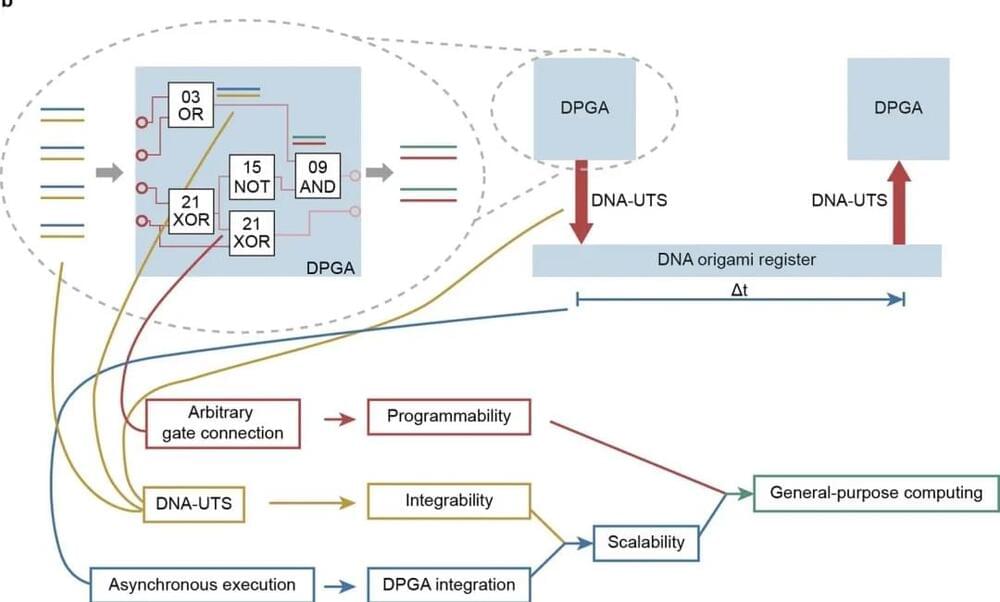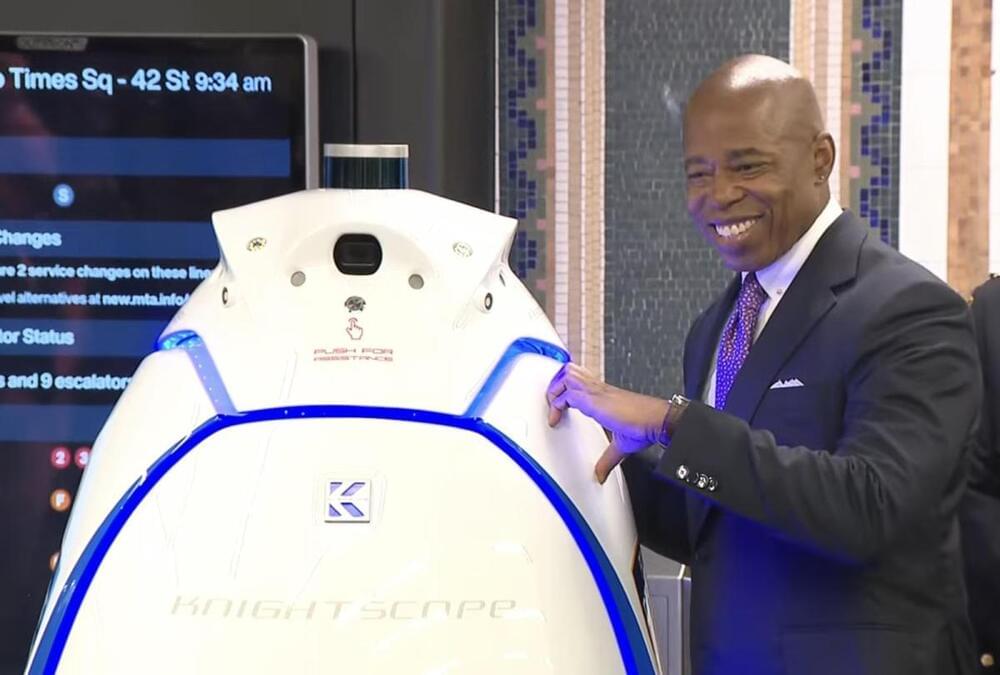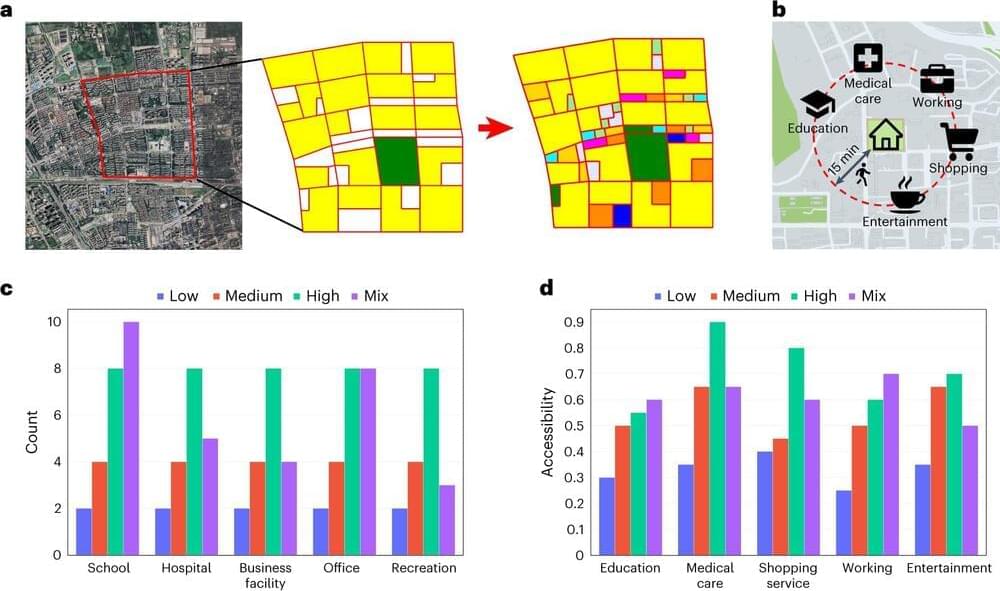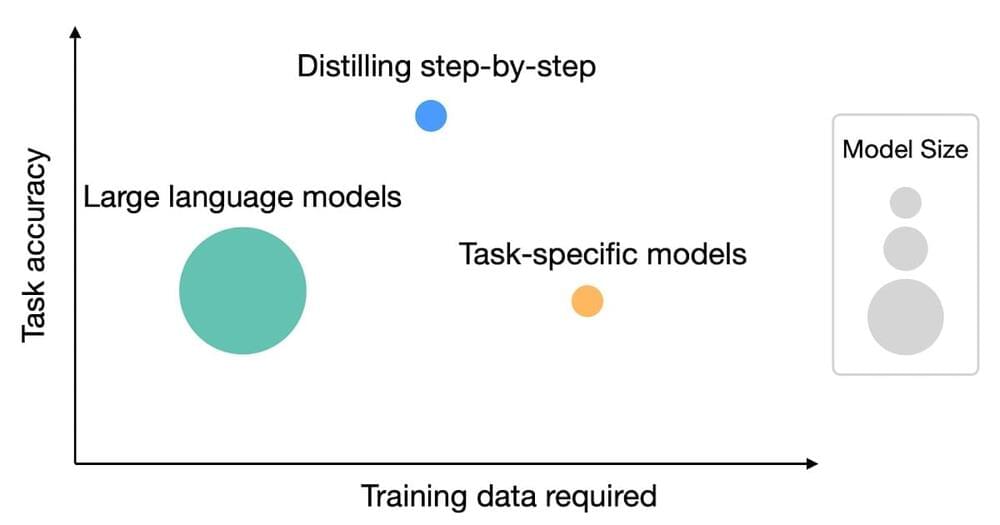The new biography of Elon Musk by Walter Isaacson just came out on September 12. How has Musk already accomplished so much? Why does his success bother so many people? And what the heck is his fascination with the letter X?
Love him or hate him, Elon Musk seems to be everywhere with a hand in everything. He’s the richest person in the world, with an estimated net worth of between $226 Billion and $249 Billion depending on who does the estimating. And between Twitter, now X, SpaceX, Tesla, The Boring Company, OpenAI, X.Ai., and PayPal, he’s probably been involved in something that currently touches your life or will in the near future, especially if he gets his way.
Buy the Book.
https://www.barnesandnoble.com/w/elon-musk-walter-isaacson/1…1982181284
Listen & subscribe to We’ve Got a Problem wherever you get your podcasts— https://link.chtbl.com/problempodcast.
I’m hungry for feedback! Let me know what you’d like to hear more about by connecting with me on Instagram at https://www.instagram.com/gotaproblempodcast/, by leaving a review on iTunes, or by leaving a comment below!






